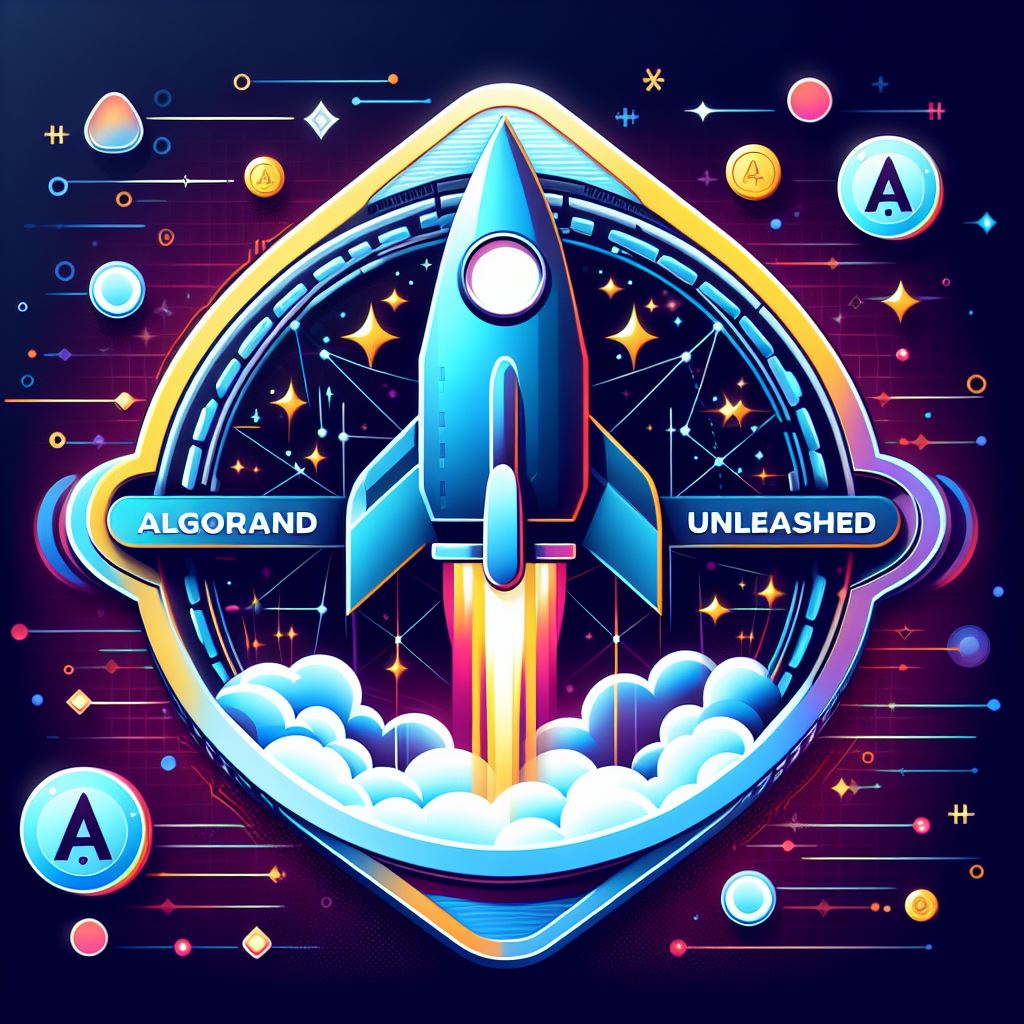Title: Unleashing Algorand’s Potency: A Comprehensive Analysis of Its Scalability, Security, and Decentralization
Introduction:
In recent years, Algorand has emerged as a formidable force in the blockchain realm, tackling the elusive blockchain trilemma – optimizing scalability, security, and decentralization without compromising any aspect. Spearheaded by Turing Award winner, Silvio Micali, in 2017, Algorand has burgeoned into a payment-centric platform captivating users and developers alike. This article dissects Algorand’s fundamental elements and novel innovations.
Delving into Algorand’s Essential Mechanisms:
At its core, Algorand functions through its pioneering Pure Proof-of-Stake (PPoS) consensus algorithm, which boasts several distinctive characteristics:
Randomized Selection – Through an ingenious Verifiable Random Function (VRF), Algorand thwarts manipulation and bias by randomly selecting token holders for each block creation cycle.
Threefold Block Production – The Algorand block generation process unfolds in three stages: proposition, voting, and confirmation. Initially, a subset of tokens is chosen via VRF to suggest the ensuing block. Afterward, when a sufficient number of nodes reach consensus, the data stays confidential until the dissemination phase commences. Subsequently, stakeholders participate in the voting stage, casting weighted ballots based on the VRF. Finally, a recently assembled committee confirms the legitimacy of the suggested block prior to incorporating it into the blockchain.
Security Measures – Despite eschewing conventional slashing penalties, Algorand preserves security and decentralization by harnessing VRF. Nevertheless, concerns persist regarding susceptibility owing to the absence of punitive actions targeting ill-intentioned parties.
Unpacking Algorand Standard Assets (ASAs):
ASAs provide adaptable instruments representing diverse asset categories on the Algorand blockchain, accommodating fungible tokens, limited fungible tokens, non-fungible tokens (NFTs), and unrestricted fungible tokens. Key advantages conferred by ASAs include:
Augmented User Experience – Customizable access parameters and restriction policies streamline interaction with digital assets.
Protection against Undesirable Digital Asset Interference – Implemented safeguards deter undesired or illicit digital assets intrusions.
Algorand’s Smart Contract Competencies:
Capitalizing on the robust Algorand Virtual Machine (AVM), developers can construct sophisticated smart contracts seamlessly integrated within the Algorand environment. Utilizing Transaction Execution Approval Language (TEAL), AVM ensures superior functionality while remaining interoperable with prevailing frameworks.
Assessing Algorand’s Strengths and Weaknesses:
Advantages:
Expanded Decentralization – Diminished reliance on external agencies fosters increased participation and equitable governance allocation.
Projected Performance Enhancements – Anticipated improvements in transactional frequency fortify Algorand’s ability to manage voluminous tasks.
Developer-Centric Design – Emphasizing developer convenience, Algorand allocates substantial resources toward supportive tools like Software Development Kits (SDKs), libraries, and tutorial materials.
Disadvantages:
Financial Sanctions Oversight – Lacking retributions for nefarious behavior may expose inherent security weaknesses.
Conclusion:
Boasting impressive prospects as a credible contender resolving the blockchain trilemma predicament, Algorand manifests significant advancements throughout pivotal domains: scalability, security, and decentralization. Addressing extant obstacles remain vital; however, ongoing enhancements reinforce Algorand’s attraction for individuals and organizations seeking dependable long-term distributed ledger technologies.
